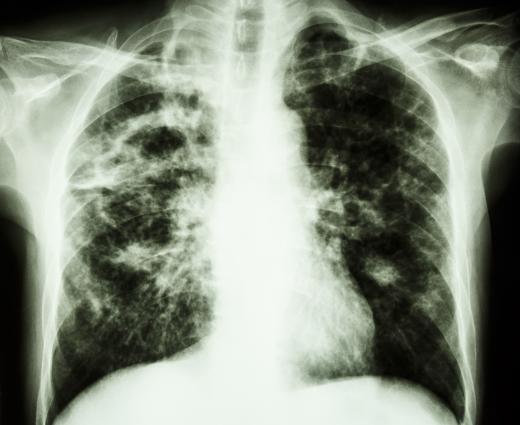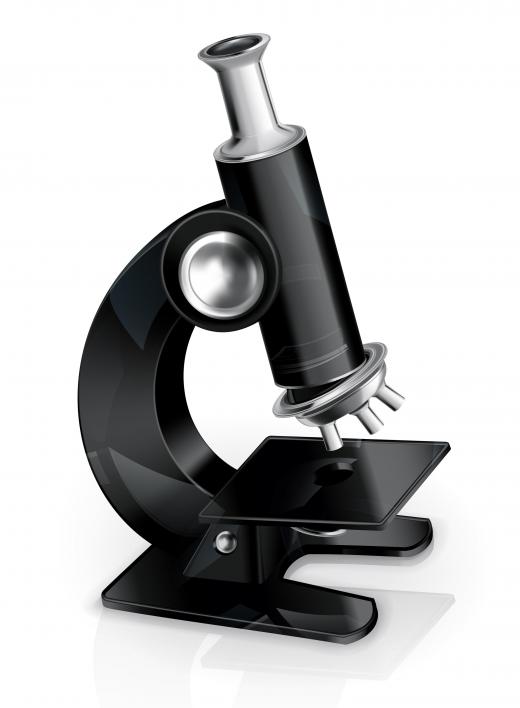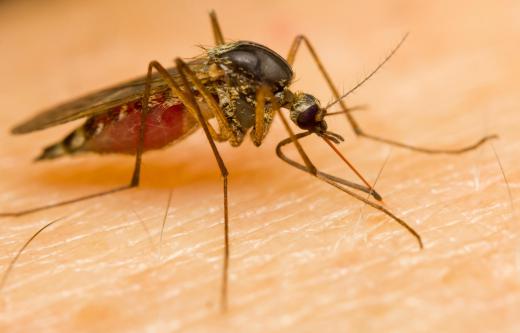What Is Antibody Detection?
Antibody detection is important in medicine to detect disease, as antibodies are large proteins that can detect viruses and bacteria. Antibody detection is carried out in laboratories and in the field to examine antibody and antigen bondings and identify an antibody by its particular color change when an enzyme reacting substrate molecule is linked to it while still bound to the antigen. The detection test is known as enzyme-linked immunosorbent assay (ELISA). Prior to the development of ELISA, the only assays were radioimmunoassays that identified antibodies by their specific radioactivity in the 1960s. The early 1970s saw the development of several ELISA techniques to identify specific antibodies.
The Indirect Sandwich ELISA technique of antibody detection prepares a buffered solution containing a disease antigen and binds it to a plastic plate. Then, a primary antibody from a patient is introduced to bind with the antigen. Next, a secondary antibody with an attached enzyme is introduced and a substrate for the enzyme is added. This causes a reaction that changes the enzyme’s color, signaling the two antibodies have bonded, if the antibody from the patient is positive for that disease antigen. The strength of color change denotes the amount of disease the antibody has detected; this strength of color is then quantitatively measured by a spectrometer.

Another ELISA technique good when samples from patients are crude or impure is the Competitive ELISA, when an unlabeled antibody is incubated with the patient antigen sample. The bound antibody/antigen complex is washed so that the unbound antibody is removed and a secondary antibody coupled with an enzyme specific to the primary antibody is introduced to bind with the antigen. With addition of a substrate to the enzyme, if the disease is detected by the antibody, the enzyme will produce chromogenic or fluorescent properties as a signal. A field test used by Israeli doctors uses a test tube full of protein fragments and antibodies and the introduction of a blue liquid. If the blue liquid turns to red within ten minutes, the particular antigen in the test tube is recognized by the antibody for that particular disease.

In hard to reach areas of developing countries, laboratories are not readily accessible. Many commercial antibody detection kits have been sold for health care professionals to test for tuberculosis, particularly pediatric and human immunodeficiency virus/autoimmune deficiency syndrome (HIV/AIDS) related tuberculosis. One study comprising 68 specific studies found that these kits were not as reliable as sputum smear microscopy.

Malaria is another disease for which antibody detection uses a fluorescent antibody test procedure. This procedure is good for screening blood donors as transfusion-induced malaria may not show on a simple blood film examination. If a patient is showing repeated blood negative samples, yet exhibiting strong symptomology of the disease, the fluorescent marker test may reveal it. When examined under a microscope, the antibodies for malaria often show an apple-green color that is positive for the malaria parasite.
AS FEATURED ON:
AS FEATURED ON:















Discuss this Article
Post your comments